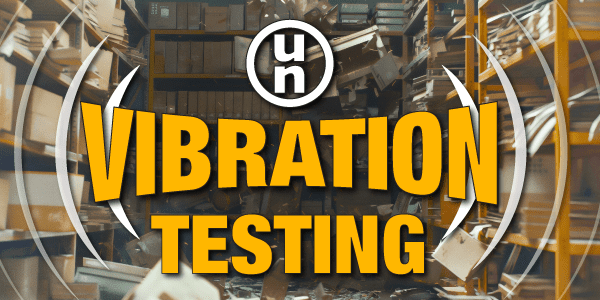Welcome back to the Regulatory Helpdesk where we answer your dangerous goods & hazmat questions. We’re here to help you become independent with – and understand the whys and hows of – the regulations.
Industrial vs. Consumer
- Q. According to the WHMIS training I received, any product that is listed as a hazardous product under section 2 of their SDS and bears pictograms needs to be reflected on the product’s packaging and the product itself. I was also informed that if the product is packaged and sold in a consumer product manner then did not require WHMIS labeling, is this true?
- A. WHIMIS 2015 does have consumer products listed in Schedule 1 (paragraph 12 (j)) as exempt (consumer products would be as defined in section 2 of the Canada Consumer Product Safety Act), among other products. Under the Canada Consumer Product Safety Act, consumer products are defined as “a product, including its components, parts or accessories, that may reasonably be expected to be obtained by an individual to be used for non-commercial purposes, including for domestic, recreational and sports purposes, and includes its packaging.” Therefore, under most circumstances, consumer products would not require WHMIS labelling on their packaging.
Variation Packaging
- Q. Our 4GV DOT-SP packaging comes with absorbent padding material inside of it. We call them pig pads. My question is this – if we are shipping something inside of those boxes which is not a liquid, we would not be required to use the absorbent material would we?
- A. The particular 4GV box was tested with absorbent, and as a result it must be used exactly the way it was tested regardless if there are liquids or solids in the inner packaging. Make sure you follow all of the closing instructions in the tested design very closely to maintain compliance of 49 CFR 173.22 (Shippers Responsibility).
Lithium Battery Marks and Labels
- Q. Can you help me with what marks and labels are needed for my piece of equipment with a lithium battery? I think it needs a class 9 but I’m not sure about the rest.
- A. Unfortunately, the information you gave isn’t enough to answer your question. To be able to ship compliantly under any of the transport regulations, the following pieces of information are needed:
- Is this a cell or a battery?
- Is it lithium ion or metal?
- For ion, what is the watt-hour rating? This should be on the cell/battery itself.
- For metal, what is the lithium gram content? This should be on the cell/battery itself
- Is it installed in the bicycle when shipped?
- By what mode are you trying to ship – US 49CFR, IATA or IMDG?
- Once you have all of that information, navigating the regulations is much easier.
WHMIS 2015 Compliant SDS
- Q. My supplier sent me an SDS supposedly written under the new WHMIS 2015 regulations. Is there a way for me to tell right away if that is the case?
- A. In general, there are 3 quick ways to see if an SDS is “compliant”. The first is to look at Section 2 to see if there is a statement about the product being classified under the WHMIS 2015 regulations. Another way is to look for the required pictograms. A final way is to look at Section 9. There must be 18 things in this section. Even if they all say not available there must be 18 data points here.






Should you not ship this scooter under Un 3171 instead of Un 3481?
I think we would do so in Europa..
It is a tough decision and the regulations make it a bit murky. The final decision ultimately lies with the shipper to classify and identify their materials appropriately. Since the question was asked by someone who has had training, I answered what was asked of me. To your question, it would come down to the Special Provisions and knowledge of the device. Under UN3171 is Special Provision 134 which states, “This entry only applies to vehicles powered by wet batteries, sodium batteries, lithium metal batteries or lithium ion batteries and equipment powered by wet batteries or sodium batteries that are transported with these batteries installed” which makes it sound like the would be the best option for our scooter. However, it is paragraph (b) of this provision where it goes on to say “Equipment powered by lithium metal batteries or lithium ion batteries must be consigned under the entries “Lithium metal batteries contained in equipment” or “Lithium metal batteries packed with equipment” or “Lithium ion batteries contained in equipment” or “Lithium ion batteries packed with equipment” as appropriate.”